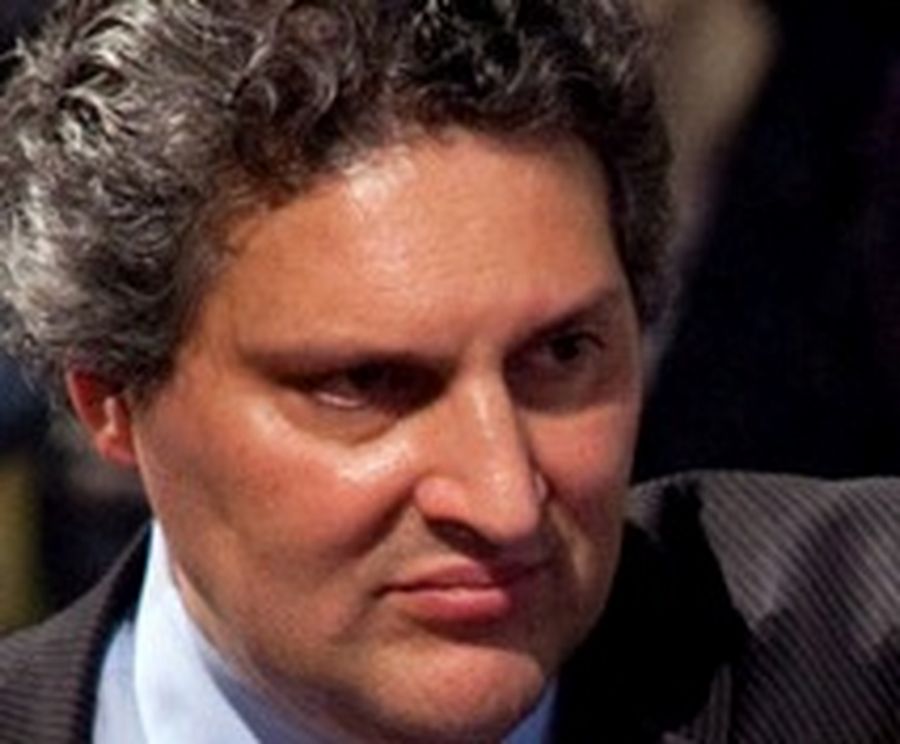
Take a look at the individual segment results of the corporate and investment banking divisions of Europe’s major universal banks and one thing that stands out starkly is the striking change of fortunes of capital markets and trading versus specialised finance revenues.
Is this inverse correlation set to become an industry benchmark or is it just a temporary phenomenon?
On the basis of the medium-term prognosis for each business set, it’s hard not to conclude that capital markets/trading and specialised finance will offer universal banks a far more balanced revenue profile than at any time in the past five years.
Europe’s CIBs have organised their business divisions in a way that typically separates M&A advisory, equity and debt capital markets, and trading from what is variously (and to some extent confusingly) named financing, structured finance, or specialised finance.
While not all banks arrange their business lines identically, it’s the division that houses syndicated lending, leveraged and acquisition finance, project and commodity finance, trade and export finance, aerospace and shipping, real estate and big-ticket leasing.
Compared with the “look-at-me” world of M&A and capital markets, these are wrongly seen as unglamorous businesses.
Unglamorous they might be in the eyes of many, but from a management perspective, these businesses operate on lower cost-income ratios than M&A or capital markets; they finance real-world, tangible things such as trade and essential infrastructure; the bankers that work in these businesses are typically less high-maintenance; and most importantly, the businesses have seen at worst stable revenues, at best substantially improved revenues over the past seven quarters, a period that has seen volatility and uncertainty in the global markets divisions.
Just look at the numbers. In the first quarter of 2009, advisory and capital markets revenues at BNP Paribas were €2.93bn, a factor of more than 3-1/2-times financing revenues of €797m. In the third quarter of 2010, advisory and capital markets made €1.7bn and financing made €1.14bn. The difference now is half what it was; Q310 versus Q309 show advisory and capital markets down by a third; financing was up by a quarter.
Societe Generale shows an almost identical shift in business fortunes. At UniCredit, financing and advisory was almost identical to global markets from a revenue perspective: in the third quarter of 2009, F&A made €1.2bn while markets made €1.17bn. In Q310, F&A was stable at €1.3bn, while markets had halved to €684m.
At Credit Agricole, capital markets and investment banking revenues declined by 16.2% year-on-year in the first nine months of 2010. In the nine months to September 30 2010, net income of the financing division was €906m, 6.9 times higher than the same period of 2009; revenues from structured finance rose 36% year-on-year in the third quarter. The bank attributed the increase to a strong performance in all structured finance segments, but it singled out project finance, shipping and aircraft finance.
While it’s true that all wholesale financing businesses are to a large extent predicated on general confidence and a growing world economy, the outlook for capital markets and trading businesses is hazy at present, given the eurozone sovereign situation, buyside reluctance to trade, and issuers’ aversion to go into the market to execute core funding in the absence of a semblance of market stability.
By contrast, project financiers are sprinting to keep up with world-wide demand for infrastructure and this shows no sign of slowing down. Similarly, expectations around M&A and leveraged finance are picking up.
The latest ACG-Thomson Reuters DealMakers Survey reveals rising confidence among private capital and corporate professionals, who expect the M&A environment to improve in the coming year – certainly in the US despite uncertainties around taxation and healthcare costs.
Improving levels of confidence will facilitate an acceleration of the fundraising cycle by private equity firms, and this will impel banks to get more comfortable around leverage, which is already on a trend of rising multiples.
But if ever there was a sign that things are returning to “normal” (whatever that means), and that that will push up revenues in specialised finance divisions, it’s what private equity firms see as their greatest threat today. Concerns about the overall economy came second, below competition with other private equity firms. Let battle commence.